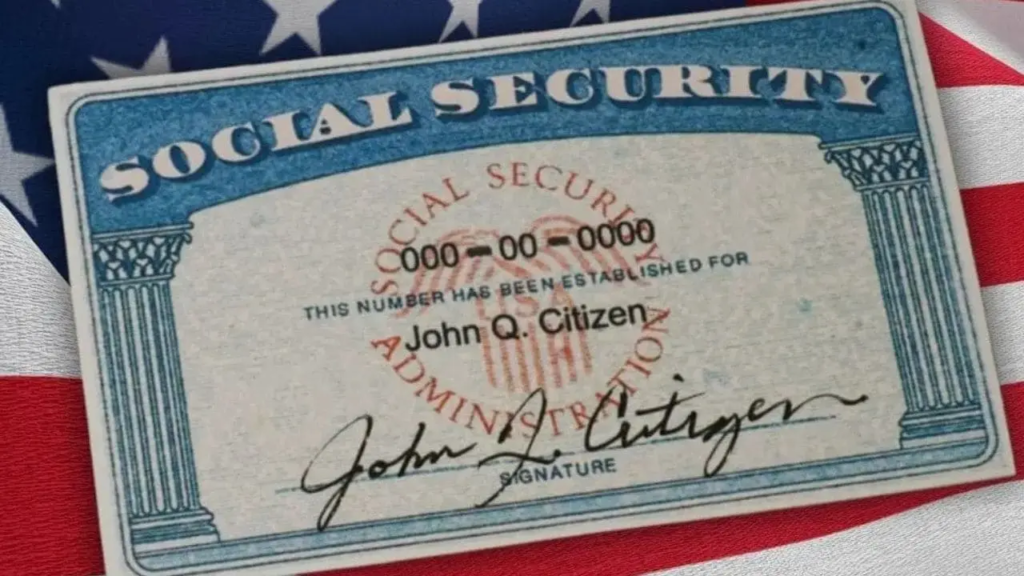For years, the Windfall Elimination Provision (WEP) reduced Social Security retirement or disability benefits for people who also received a pension from jobs not covered by Social Security taxes.
These were usually state, federal, or local government jobs, or employment with non-U.S. companies.
The WEP was originally introduced to prevent people from receiving higher Social Security benefits than they should, especially if they didn’t contribute to the system for much of their career.
Why Was the WEP Created?
Congress introduced the WEP to fix a specific issue. Workers with non-covered pensions—like certain teachers, police officers, or civil servants—were being treated like low-income workers when calculating Social Security benefits, which gave them an unintended advantage.
To level the playing field, the WEP changed the formula used to calculate benefits.
Here’s how: Social Security usually applies three percentage factors to your Average Indexed Monthly Earnings (AIME).
The first factor is 90%, but the WEP could reduce it to as low as 40%, depending on how many years you paid into Social Security (known as Years of Coverage or YOC).
The fewer years you paid in, the more your benefit could be reduced. However, the WEP did include a safeguard—it couldn’t reduce your Social Security benefit by more than half of your non-covered pension amount.
Who Was Affected?
The WEP mainly affected people who worked both in jobs that paid into Social Security and in jobs that didn’t.
That includes many public servants—teachers, firefighters, police officers, and certain federal employees under the old Civil Service Retirement System (CSRS).
We Were Repealed by the Social Security Fairness Act

The game-changer came on January 5, 2025, when the Social Security Fairness Act (HR 82) was signed into law. This act officially repealed both the WEP and the Government Pension Offset (GPO). That means from January 2024 onward, these benefit reductions no longer apply.
This repeal is a major win for many retirees, restoring full Social Security benefits to thousands of individuals who were previously affected.
What Should You Do Today?
Now that the WEP is gone, here’s what you need to check and do:
- Review Your Benefit Amount: Make sure any past reductions due to the WEP have been removed from your Social Security benefits starting from January 2024.
- Check for Retroactive Payments: The Social Security Administration (SSA) started issuing back payments and updated monthly benefit amounts to eligible individuals beginning February 25, 2025. These payments cover the increased amount retroactive to January 2024 and are expected to be completed by March 31, 2025.
- Update Your Information: Ensure the SSA has your correct mailing address and direct deposit information to avoid delays. You can verify or update these details via your my Social Security account at www.ssa.gov/myaccount or by calling 1-800-772-1213.
- Apply If You Delayed Benefits: If you held off on applying for retirement, spousal, or survivor benefits because of the WEP or GPO, now is a good time to reconsider. Apply online at www.ssa.gov/apply or call 1-800-772-1213. Survivor benefits can only be applied for by phone.
SSA Will Notify You
The SSA is also sending out official notices to anyone whose monthly benefits are being adjusted or who is receiving a retroactive payment.
You may receive two notices: one confirming the WEP/GPO removal from your record, and another with your updated monthly payment details.
Bottom Line
The repeal of the WEP is a major shift in how Social Security calculates benefits for certain workers. If you were impacted in the past, you may now be eligible for higher monthly payments and even retroactive back pay.
Don’t assume everything is automatic—double-check your benefits and take action to ensure you’re receiving the correct amount.
Disclaimer- Our team has thoroughly fact-checked this article to ensure its accuracy and maintain its credibility. We are committed to providing honest and reliable content for our readers.






